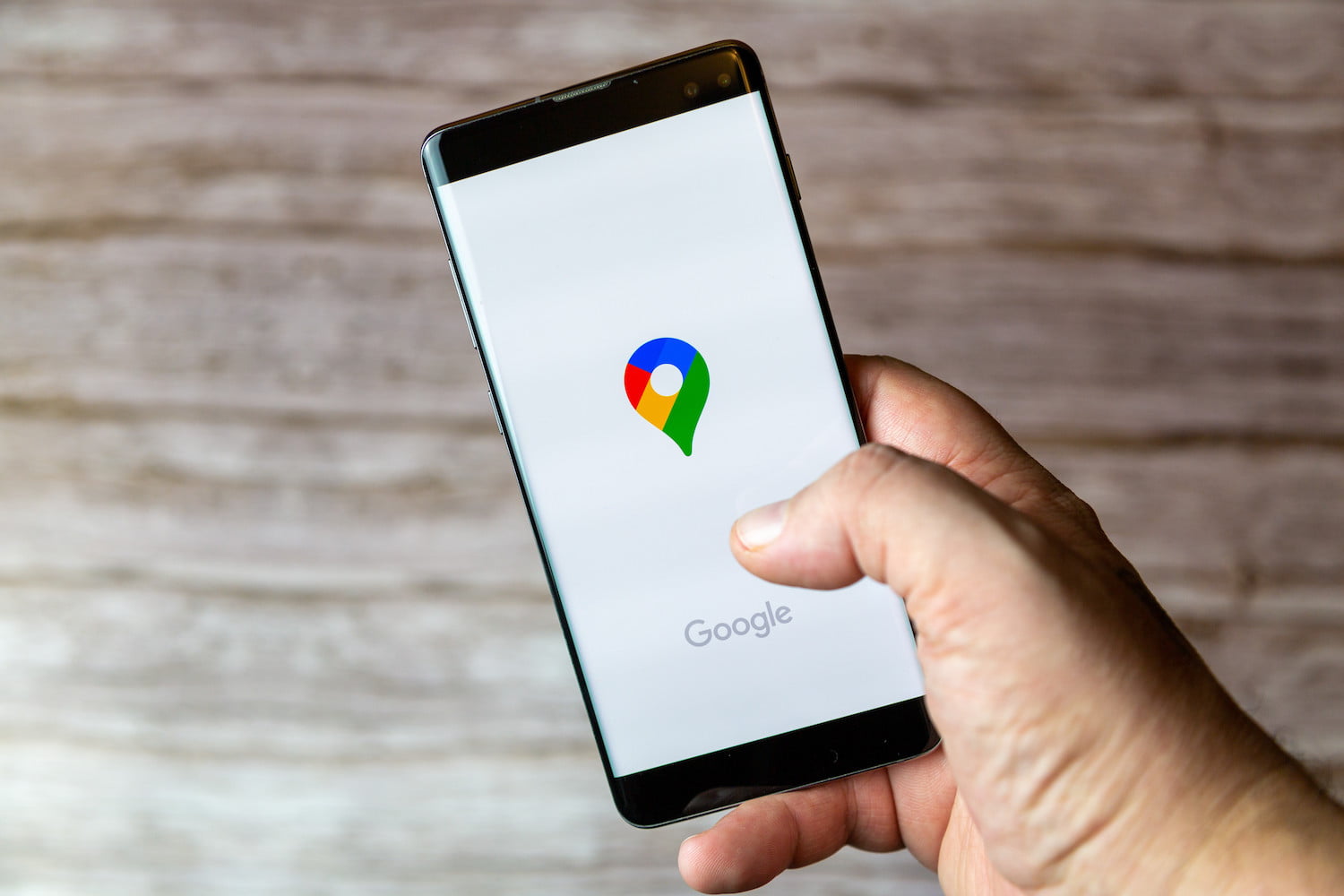Want to give your local SEO a boost? Look no further than Google Maps! With its comprehensive and up-to-date information about places, directions, and contact info, it can be an invaluable tool for improving visibility in search engine results. In this post we will provide tips on how to leverage the potential of Google Map’s features including creating a Google Business Profile; integrating maps into your site; optimizing listings to get noticed by customers—and more!
Using Google Maps to improve SEO, can be an incredibly powerful tool. When customers search for something related to your business, Google often displays a map as part of the search results. This is called local SEO and it’s important to make sure that your business appears in this search result. Ready for some insider tactics that can bring success? Let’s take the plunge into making use of all that Google Maps has to offer.
Setting up a Google Business Profile
Setting up a Google Business Profile is one of the best ways to get your business listed in local search engine results, helping you to reach new customers and generate more leads. With a Google Business profile, your business can be found across all of Google’s products and services, including Maps, YouTube, and Search. Not only does this make it easy for people to find your business when they are looking for it online, but it also creates an opportunity for potential customers to learn more about what you do and why they should choose your company over another.
Having a well-designed and optimized Google Business Profile helps you stand out from the competition as it allows you to showcase what makes your business unique by providing customers with photos, descriptions of products or services offered at your business, customer reviews, contact information and hours. Additionally, you’ll be able to track key metrics like impressions (the number of times someone has searched for something related to your product or service), clicks (the number of times someone has clicked on a link that directs them to your website or store) and views (the number of times someone has seen information about your business). This data can help you better understand how people interact with your business online so that you can make informed decisions about how best to market or improve products/services.
Step 1: On your computer, sign in to your Google Account, or create one
Step 2: Go to create a profile
Step 3: Enter the name and address of your business. Make sure the information is accurate and matches what is listed on your website and other directories
Step 4: Choose a business category and add a few photos to showcase your business
Step 5: Choose whether you have a location customers can visit
Step 6: Enter the services area of your business
Step 7: Enter a phone number and website URL
Step 8: Click finish and and select a verification option
Utilizing Google Maps
Now that your Google Business Profile account is set up, it’s time to get serious about using Google Maps to improve your local SEO.
Google Maps can drive traffic to your website, which is like music to the ears of any business owner. And don’t forget about the power of customer reviews. It’s like word of mouth on steroids, only better because it reaches a much larger audience. And, if you’re thinking ahead, optimizing Google Maps for voice search is a smart move. After all, who wants to type when they can just ask Google to find your business for them?
Step 1: Make sure your NAP (Name, Address, Phone) information is consistent across all your listings, including your website and other directories. This will help customers find you easily and Google will trust you more.
Step 2: Use Google Maps to drive traffic to your website by including a link to your Google Business Profile.
Step 3: Encourage customers to leave reviews on your Google Business Profile. Positive reviews can boost your visibility and credibility.
Step 4: Optimize Google Maps for voice search by including keywords related to your products or services in your Google Business Profile.
Integrating Google Maps into Your Website
Now it’s time to bring Google Maps to your website. By integrating Google Maps into your website, you can give your business visibility to the millions of potential customers who use the service to find local businesses. Not only will potential customers be able to easily find directions and location information, but they will also get an accurate picture of what services your business provides. In addition, Google Maps integration also provides numerous benefits for SEO purposes. You can boost organic traffic by providing customers with more detailed directions and locations, as well as higher-quality localized content on your website.
Adding Google Maps to a website can also help improve user experience by helping visitors quickly locate what they are looking for without having to scroll through multiple pages of content. It can make it easier for mobile users to access information since Google Maps offers optimized experiences for mobile devices. The integration of Google Maps into a website will also provide valuable data on customer behaviour such as engagement levels, store visits, and more – all which can lead to better informed marketing decisions in the future. Ultimately, integrating Google Maps is essential for any business that wants to keep up with today’s digital world and remain competitive in their respective industries.
Step 1: Go to the Google Maps website and find your business.
Step 2: Click on the “Share” button and select “Embed map”.
Step 3: Copy the HTML code and paste it into your website’s HTML code.
Step 4: Customize the appearance of the map to match the look and feel of your website.
Optimizing your Google Maps Listing
Optimizing your Google Business Profile is crucial for enhancing your online visibility and attracting potential customers. Here are 10 things you can optimize on your Google Business Profile:
- Complete Business Information: Ensure that all the basic information about your business is accurate and complete. This includes your business name, address, phone number, website, hours of operation, and business category.
- Business Description: Write a concise and compelling business description. Highlight key services, products, or unique selling points. Use relevant keywords to improve search engine visibility.
- High-Quality Photos: Add high-resolution images of your business, including the exterior, interior, staff, and products/services. Visual content helps customers get a feel for your business and builds trust.
- Customer Reviews: Encourage satisfied customers to leave positive reviews. Respond to reviews, both positive and negative, in a timely and professional manner. This engagement boosts your credibility and shows that you value customer feedback.
- Google My Business Posts: Use the Google My Business Posts feature to share updates, promotions, events, or any relevant information. These posts appear in your business profile and can attract more attention from potential customers.
- Q&A Section: Monitor and respond to the questions asked in the Q&A section. This not only provides helpful information to potential customers but also demonstrates your active engagement.
- Services and Products: Utilize the services and products features to showcase what your business offers. Provide detailed information, including prices if applicable. This helps potential customers understand the range of services or products you provide.
- Attributes: Take advantage of the attributes section to highlight specific features of your business, such as “wheelchair accessible,” “free Wi-Fi,” or “outdoor seating.” This helps customers choose businesses that meet their specific needs.
- Google Analytics Integration: Connect your Google Business Profile to Google Analytics to track user interaction and gather insights into how customers are finding and interacting with your business online.
- Regular Updates: Keep your business information up to date. If there are any changes in your business hours, location, or services, update your Google Business Profile promptly. This ensures that customers receive accurate information.
Summary
Using Google Maps to improve local SEO is a powerful tool that can help you reach your target audience and attract more customers to your business. By following the tips we’ve outlined in this post, you can make sure your business is appearing in relevant search results and reaching potential customers in your area. Optimizing your listings on Google Maps is an important part of any strong local SEO strategy, so don’t forget to give it the attention it deserves.
We hope this step-by-step guide has been helpful and informative. Happy mapping!





